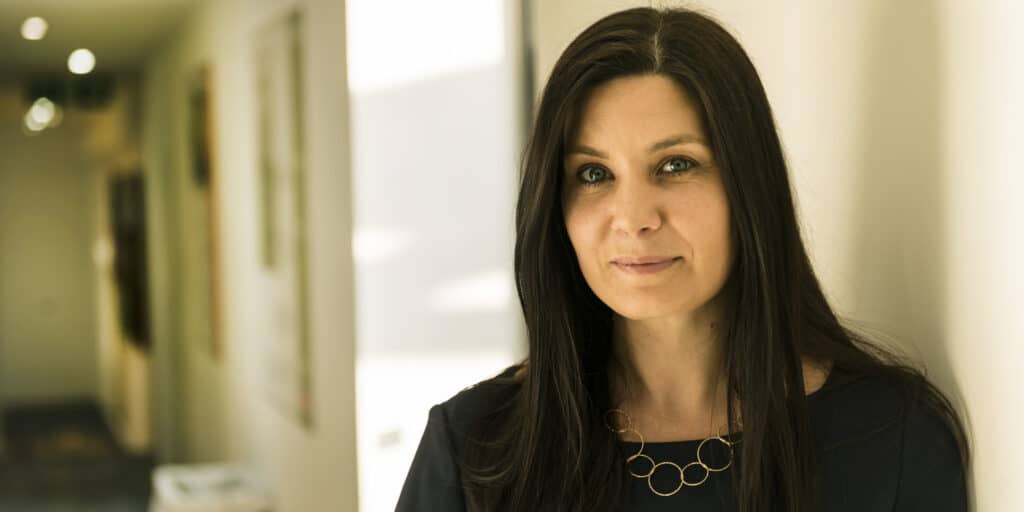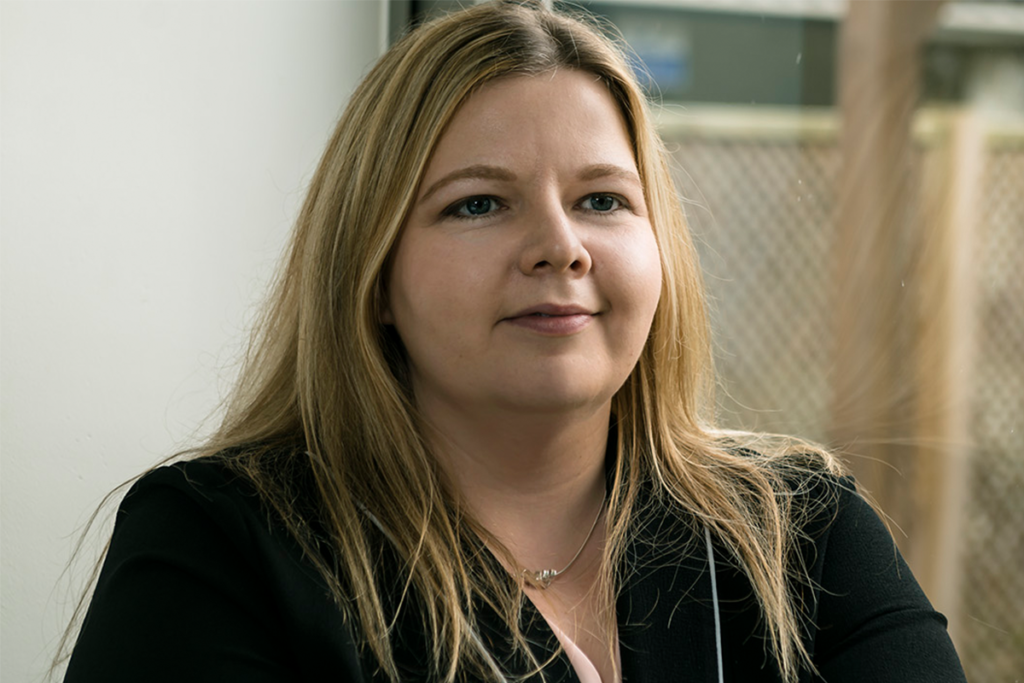There have been various recent changes in the capital allowances (CAs) legislation which need to be considered to ensure food and drink businesses maximise their claims on any new production facilities or major re-fit costs on a new building and the resulting tax deduction.
When constructing a building or making alterations to an existing building for food or drink production, CAs can be available on a variety of different aspects:
The building – Integral features and structures and buildings allowance
As with all buildings there will be a number of assets identifiable as ‘plant and machinery’ under the integral features rules. Expenditure which qualifies as integral features of the building, such as heating and electrical systems, ventilation and water systems, may obtain an immediate 100% corporation tax deduction if they fall within the annual investment allowance (AIA) limit, which has now been set at £1 million (shared by the group, if applicable) until 31 March 2023.
Any integral features amount not qualifying for AIA will receive a corporation tax deduction at 6% per annum on a reducing balance basis. A first-year allowance of 50% (as part of the super deduction discussed further below) is currently available to companies for such expenditure on new (not ‘second hand’) items, with no limit, until 31 March 2023, in addition to the AIA.
The largest element of the spend is on the shell of the building, the bricks and mortar, so to speak. Prior to 29 October 2018 (and post the days of the industrial buildings allowance which was abolished from 2011), the structure itself did not qualify for any allowances. Tax relief for the cost of the building would only be realised on the eventual sale. However, from 29 October 2018, a new structures and buildings allowance (SBA) was introduced. This is a flat allowance per year of 3% of the cost (2% up to 5 April 2020), applied from the later of the date the building is first used for non-residential purposes and the date the qualifying expenditure is incurred.
Not all expenditure qualifies, for example, land is excluded; and it is important to identify any assets such as integral features (noted above) or other plant and machinery (noted below) which may obtain more generous capital allowance treatment, as it allows much earlier tax relief.
Other plant and machinery and the super deduction
In food or drink production significant pieces of equipment may need to be purchased. Some of the equipment such as food lines may require trenches to be dug into the building floor or gantry systems erected to support the equipment. Provided that these works are considered necessary for the equipment to operate, then these costs of installation will receive the same tax treatment as the equipment itself. Plant and machinery used in the production process should qualify for AIA. Expenditure in excess of this is eligible for a written down allowance at 18% per year.
In addition to factory equipment, food and drink production facilities often have a development kitchen area. Appliances such as ovens, grills, sinks, units and worktops will normally all qualify as plant and machinery and, therefore, these elements should be separately identified and allowances claimed as appropriate.
As with integral features, there is a temporary allowance available for eligible plant and machinery purchased between 1 April 2021 and 31 March 2023 called the super deduction. This allows businesses to claim 130% of the cost as a deduction against their taxable profits. Therefore, if a company is looking to make capital investment it makes sense to look to do this sooner rather than later to take advantage of this extra deduction. It should be noted that if the company does not have a March year-end then the value of the super deduction is effectively diluted over the period that overlaps 31 March 2023.
Research and development allowances (RDAs)
If, as noted above, there is a kitchen (or other) area specifically designated as an R&D area (whether all or part of the time), then it may be possible to claim RDAs on that element of the building. RDAs provide a 100% tax deduction for capital expenditure used in qualifying R&D activities. In addition, if the company has exceeded its AIA (and the super deduction is unavailable/not applicable), then it may be possible to claim RDAs on other types of qualifying equipment/integral features provided that these are also used in qualifying development work and to reserve use of the AIA for assets not qualifying for RDAs.
Section 198 election
When buying a ‘used’ building, the position regarding available CAs needs to be confirmed during the purchase process to ensure potentially available CAs can be claimed by the purchaser.
order for the purchaser to be able to claim CAs on items already included in a ‘used’ building such as heating, electrics, ventilation and water systems, an amount allocated to these items must be agreed with the vendor and what is known as a Section 198 election (alternatively known as a ‘fixture election’) made. If no amount is agreed, no CAs claim can be made by the purchaser on items included in the building.
SBA statement
Similarly, if SBAs have already been claimed on a used building (as it qualified for the expenditure as described above), a statement will need to be provided by the vendor to the purchaser confirming the amount of expenditure available to be claimed by the purchaser going forward. Without such a statement, no SBA claim can be made on previous expenditure.
During the purchase process it may become clear that available CAs and SBAs on the building have not previously been claimed. In this instance, it may be possible for the purchaser and vendor to work together so that the vendor can make a valid claim – this may require the tax adviser to work closely with a surveyor in order to value the potential CAs in the property. This can then allow the purchaser to use the available CAs going forward.
Going forward
Potentially qualifying expenditure on buildings should be reviewed to ensure that CAs claims are maximised. In particular, it is important to identify expenditure that is regarded as plant and machinery and also whether it is possible to take advantage of AIAs and/or the super deduction which is available until 31 March 2023. For significant expenditure qualifying for capital allowances, this may even result in a corporation tax loss to carry back to earlier periods which could result in a tax repayment.


